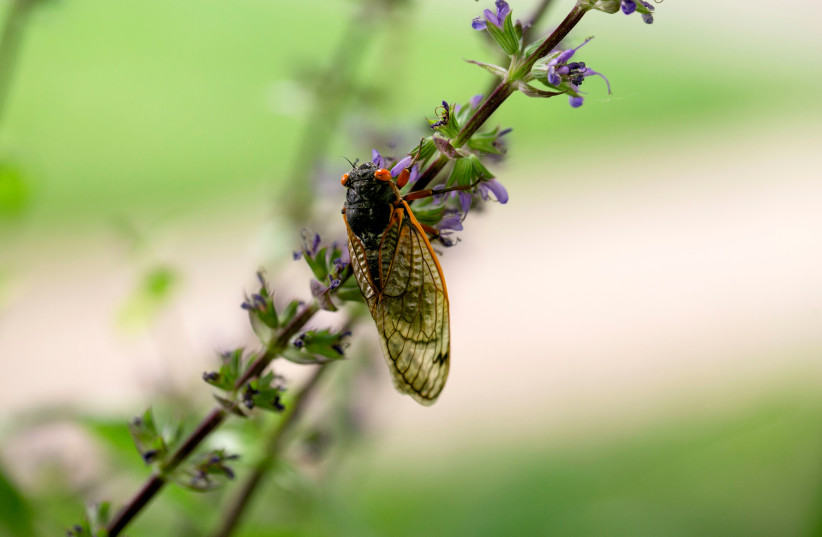“We’ve only just begun to understand the scale and complexity of insect migration,” said Dr. Werber. “It’s a natural wonder that connects continents—and it’s happening right over our heads.”
JUNE 30, 2025. ByJERUSALEM POST STAFF
In a groundbreaking new study, researchers at the University of Haifa have revealed that more than 700 million migratory insects traverse the skies of northern Israel each year, charting purposeful routes through a narrow ecological corridor that connects Africa, Asia, and Europe.
The findings, published in the journal Proceedings of the Royal Society B, offer rare insight into the immense and largely invisible migration of insects at high altitudes.
The study focused on the Levantine corridor, a narrow land strip between the Mediterranean Sea and the Syrian Desert, known to biologists as a crucial flyway for birds but previously unstudied for insect migration. Now, scientists have confirmed that this passage also serves as an aerial highway for insects, with traffic measured in the hundreds of millions annually.
“Each year, a massive and invisible stream of insects passes overhead, connecting ecosystems across continents,” said Dr. Yuval Werber, the study’s lead author. “We found that these insects don’t just drift with the wind—they choose when and how to fly, much like migratory birds.”
Using seven biological radars deployed along the corridor, researchers tracked insect movements over eight years, documenting more than 6.3 million high-altitude flights of large insects such as butterflies, moths, dragonflies, and beetles. These radars can distinguish insects from birds and bats, capturing data on altitude, wingbeat frequency, direction, and more.
The study shows that insects make active navigational choices: many were observed flying against the wind, favoring particular directions and timing their journeys to coincide with beneficial weather conditions such as warm temperatures and tailwinds.

Illustration of an insect (credit: REUTERS/AMIRA KARAOUD)
Migration on a massive scale
The researchers estimate that over 700 million insects larger than a common housefly migrate through the corridor every year. The migrations are highly seasonal: in spring (March to June), insects generally move northward, likely heading to breeding grounds in Europe and Asia. In autumn (August to November), they return southward toward warmer climates.
Interestingly, the spring migration was much larger than the autumn one—an unusual pattern, as most regions typically see greater numbers of insects heading south for the winter. This reverse dynamic suggests a unique ecological role for the Levantine corridor and raises new questions about the environmental cues insects use to time their migrations.
Despite its central position on the map, the Levantine corridor appears to host fewer migratory insects than expected. A comparison with 17 migration sites across Europe revealed significantly lower insect traffic over Israel’s skies.
“We thought this corridor would serve as a major junction for insect migration, just as it does for birds,” the researchers noted. “Instead, it appears that many insects either don’t reach this passage or opt for different routes entirely. This unexpected result challenges long-held assumptions about global insect migration.”
Insect migration is largely invisible to the human eye, occurring high above us and often going unnoticed. Yet it plays a vital role in global ecology, from pollinating crops to spreading nutrients across ecosystems. It can also contribute to the spread of pests and diseases, making its study critical for both environmental and public health planning.
By illuminating this hidden dimension of life in the skies, this study opens new avenues for research and underscores the importance of tracking aerial ecosystems that span borders and continents.
“We’ve only just begun to understand the scale and complexity of insect migration,” said Dr. Werber. “It’s a natural wonder that connects continents—and it’s happening right over our heads.”
The Environment and Climate Change portal is produced in cooperation with the Goldman Sonnenfeldt School of Sustainability and Climate Change at Ben-Gurion University of the Negev. The Jerusalem Post maintains all editorial decisions related to the content.

Pioneering climate solutions >
https://www.jpost.com/environment-and-climate-change/article-859369
